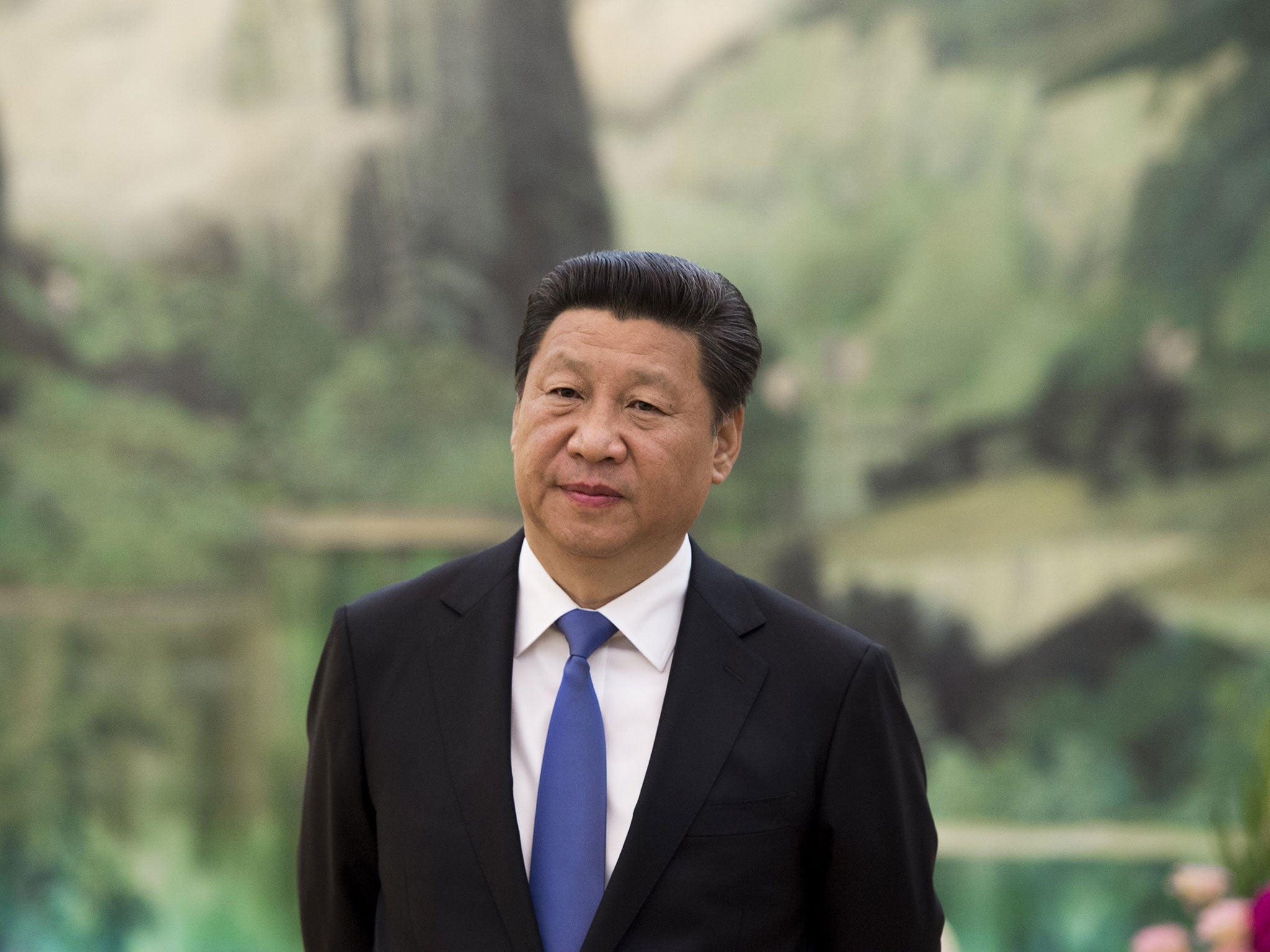China's Islamist insurgency in its western territories poses a growing threat to the region
Diplomatic Channels: A series of indiscriminate attacks have been followed punitive measures including bans on beards, veils and T-shirts showing the Muslim crescent


Your support helps us to tell the story
From reproductive rights to climate change to Big Tech, The Independent is on the ground when the story is developing. Whether it's investigating the financials of Elon Musk's pro-Trump PAC or producing our latest documentary, 'The A Word', which shines a light on the American women fighting for reproductive rights, we know how important it is to parse out the facts from the messaging.
At such a critical moment in US history, we need reporters on the ground. Your donation allows us to keep sending journalists to speak to both sides of the story.
The Independent is trusted by Americans across the entire political spectrum. And unlike many other quality news outlets, we choose not to lock Americans out of our reporting and analysis with paywalls. We believe quality journalism should be available to everyone, paid for by those who can afford it.
Your support makes all the difference.While international focus is on the slowdown of China’s economy, its naval confrontation with its Asian neighbours, and international machinations of the ruling communist party, Beijing is facing a little reported, but increasingly vicious Islamist insurgency in its western territories.
The death toll in the Xinjiang Uighur Autonomous Region has risen from 130 in 2013 to over 400 last year with a series of indiscriminate attacks by separatists followed by ruthless retribution. One mass knifing attack at Elixku and its aftermath led to more than a hundred deaths, 59 of which were “terrorists” according to the authorities. A series of explosions in Bugur County killed 40 more people, some of them too were “terrorists” according to the official version of events.
President Xi Jinping has declared that “first strike would be used against terrorists” and a series of punitive measures have followed including bans on beards, veils and T-shirts showing the Muslim crescent. Students have been restricted on observing Ramadan, and there have been instances of force-feeding of those who had fasted.
One underlying reason for the discontent of the Muslim Uighurs is the steady flow of Han Chinese coming into the region, changing the demographic balance, and, goes the complaint, getting the best jobs.
The Chinese government has promised large scale investment but there have also been public show trials of members of the East Turkestan Islamic Movement (ETIM) one at a sports stadium at Yili for 55 alleged terrorists in front of a crowd of 7,000. Many of the defendants received long jail terms, three were sentenced to death, as have dozens of others following other prosecutions.
The counter-insurgency operation which has been undertaken has shown the influence and reach China can exercise. It has demanded, and received back, from Afghanistan, Thailand, Cambodia and Malaysia, Uighurs who had fled abroad.
The carrot and stick policy been going on for a while: in 2009, Beijing signed trade deals worth a billion dollars with Cambodia – two days after the Cambodian government sent 20 Uighurs to China. Officials in Pnom Penh privately claimed that the trade deal would not have materialised if the deportations had not taken place.
President Jinping offered Ashraf Ghani, during a visit to Beijing last Autumn, huge sums in aid and also the promise through its ally, Pakistan, to bring the Taliban to the negotiating table. In return, the Afghan leader undertook to help against the Uighur separatists; a steady stream of deportations followed.
Sultan Ahmed, former Afghan ambassador to China, and now director of the Afghan foreign ministry, acknowledged: “No written agreements had been made, just verbal. We see this as an opportunity. They can help us with reconstruction and it is also important that we have a relationship with Pakistan and the Taliban.”
In fact, events in Afghanistan and Pakistan have a direct bearing on the situation in Xinjiang. Beijing has claimed that Uighurs have received training in camps in the two ‘stans’. Last November, Tehreek-e-Taliban, an offshoot of the Pakistani Taliban, stated in its official magazine: “We’re warning Beijing to stop killing Uighurs; we say that if you don’t change your anti-Muslim policies, soon the Mujaheddin will target you.”
Around 200 Uighur fighters are believed to be in Afghan Taliban controlled areas in Kunar and across the border in the Pakistani tribal belt. They are affiliated with the Islamic Movement of Uzbekistan (IMU) which had carried out attacks inside Afghanistan.
An offensive by the Pakistani army in North Waziristan last year was mainly targeted at the Uzbeks, while avoiding the Haqqani Network, widely seen as a client terrorist group of the Pakistani secret police (ISI) and elements of the military. The American General Joseph Dunford pointed out that the operation was just an inconvenience for the Haqqanis, who had continued to carry out attacks in Afghanistan.
IMU fighters retreated to northern Afghanistan, bringing instability and violence to the region. There have been reports that a stream of Uighurs are making their way to join the Uzbeks; a version of the ‘Great Game’ is once again unfolding in the region sucking in China, just as it had done other superpowers in the past.
Join our commenting forum
Join thought-provoking conversations, follow other Independent readers and see their replies
Comments